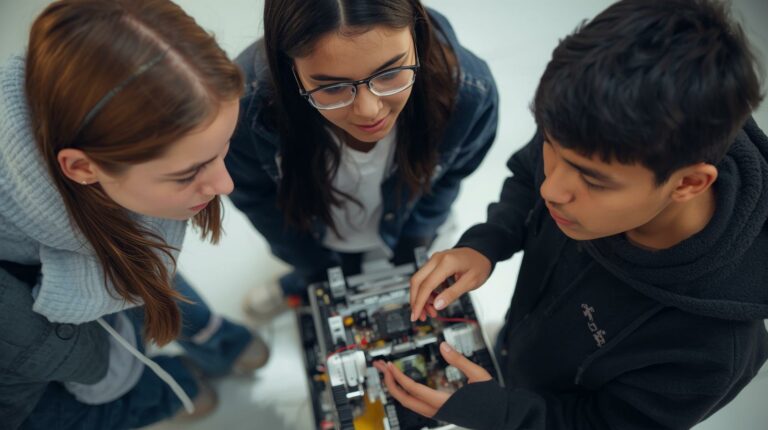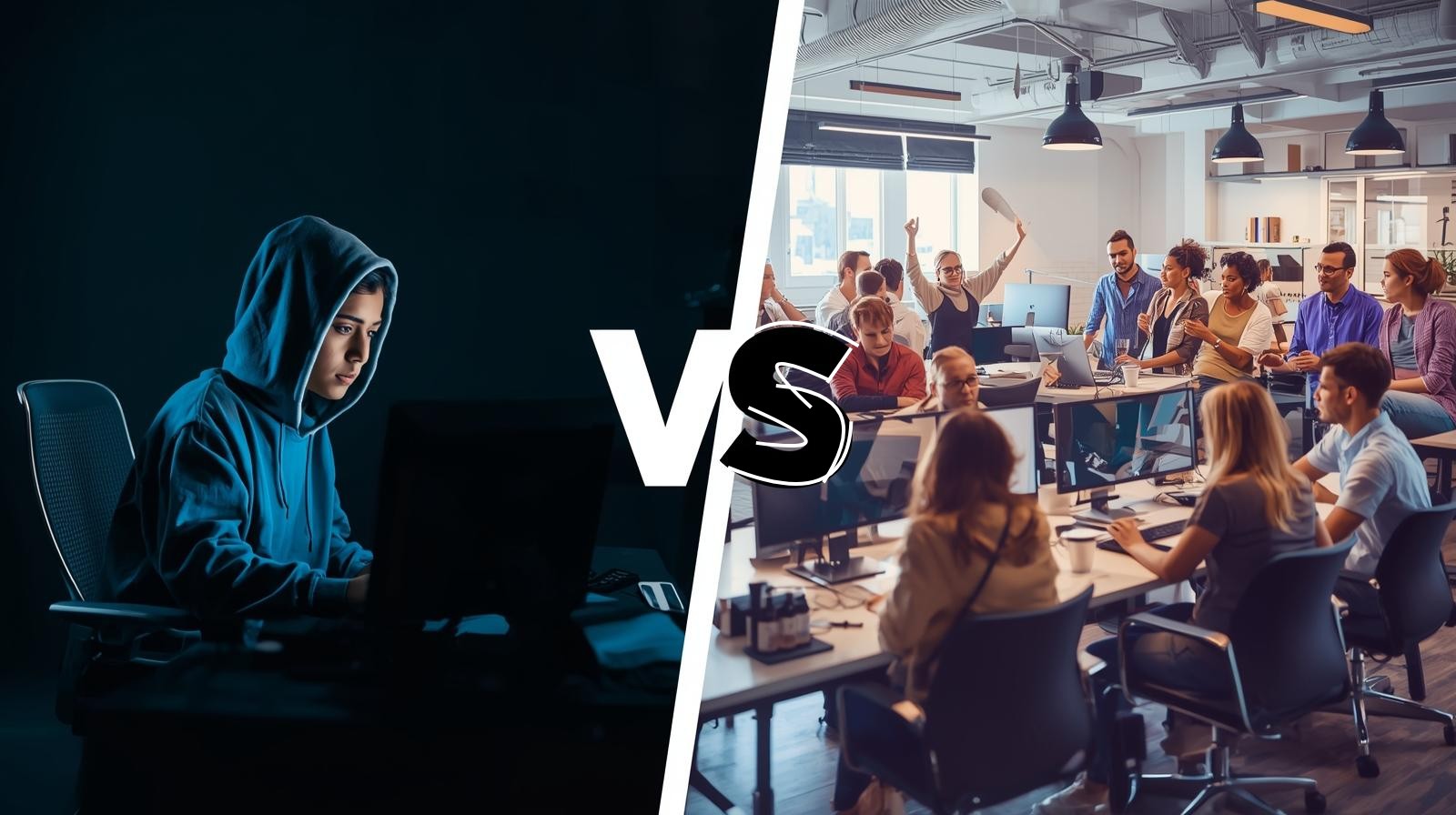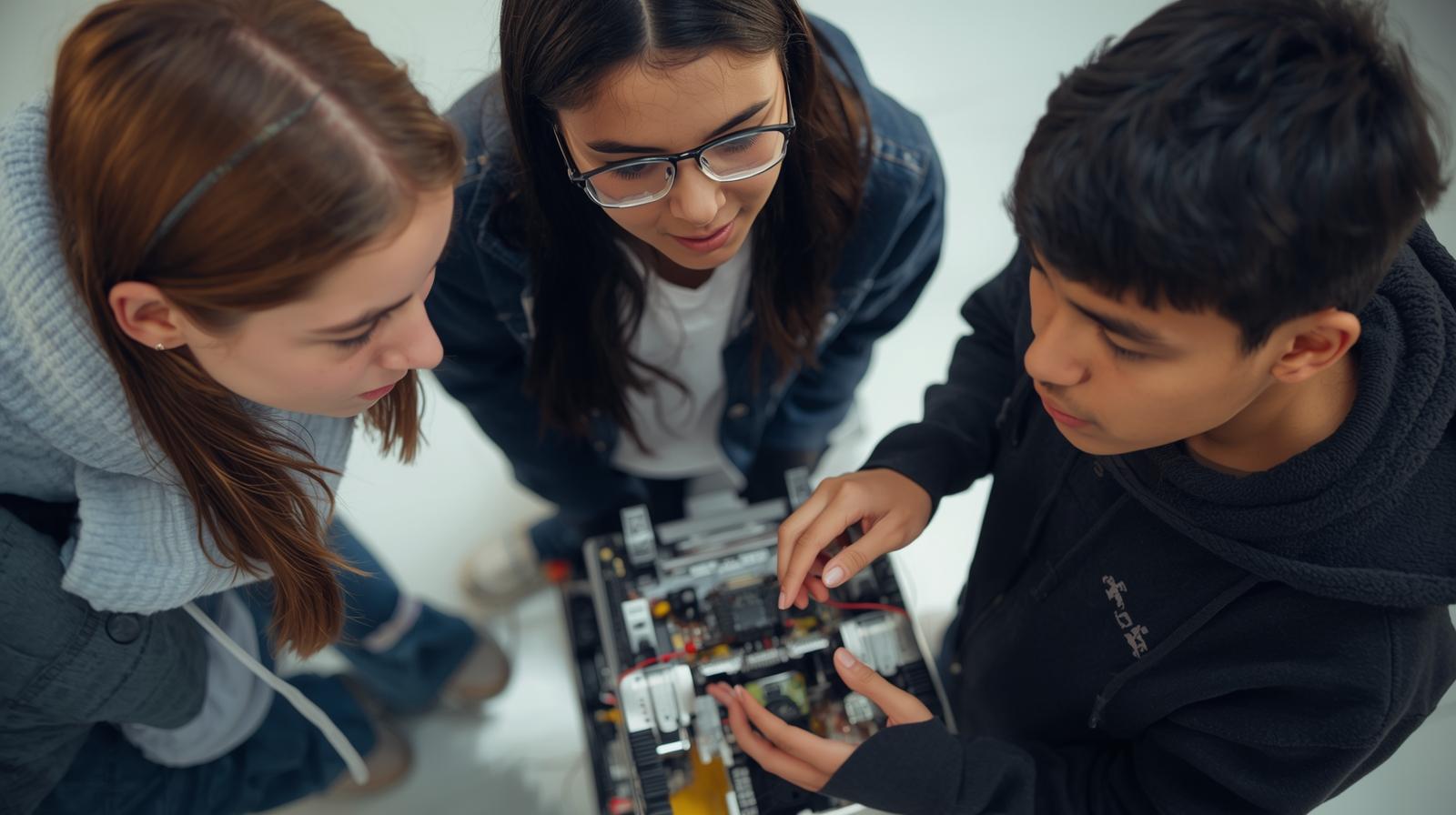Turning Student Curiosity Into a Career
Inside the Internship Experience and How It Prepares Students for the Future
By MAXX Potential
- Posted:
- Education

Engagement is the first step for a successful learning path. The second step is often curiosity, and this is exactly what the Internship Experience sets up for students.
“We’ve had challenges in the past with engaging the students, especially high school students, and that took us back to our customers to get their feedback. We wanted a program that sparks interest, resulting in students leaning in,” shared Rob Simms, Managing Partner at MAXX Potential who leads educator-focused offerings. “We think the new content just gives them so much more opportunity to be curious about the inner workings of a business.”
Rob and his team reimagined the program. The Internship Simulator became the Internship Experience with new and more relevant scenarios such as robots, AI, and food delivery systems that invite curiosity. Not only does the Internship Experience include traditional opportunities for IT engagement with technology, website and apps, it also allows students to actually design the mechanics of a robot and explore how AI tools can enhance the robot capability.
“It’s just more engaging,” Rob explained the shift to a food delivery system. Students are fascinated by robots, automation, and AI so now they design delivery bots, track customer orders, and even debate AI-driven decision making. The students cannot get enough of the interesting questions and new technology.
The Internship Experience lets participants immerse themselves in different business scenarios where curiosity naturally drives learning. That curiosity becomes the entry point to hands-on career exploration.
Why Curiosity Matters in Career Readiness
Students use the Agile methodology, working in sprints with daily standups to share progress and obstacles. Sprint planning challenges them to make estimates, deliver on deadlines, and adjust when reality doesn’t match ambition. Over time, they refine these skills through iteration, demo, and feedback.
“Sure enough, students are often ambitious in their estimates on sprint planning and what they can get done in a week. And then, reality sets in.” Rob shared. “The first couple of weeks is a bit of back and forth, figuring out how to correctly estimate and then deliver.”
Within this structure, curiosity sparks the question of “What if we try this?” while Agile gives students the framework to test, fail, and try again. Each sprint shows them how to balance ambition with reality — an essential career skill.
Collaboration follows Curiosity
“For our educators, the magic happens when the students start earnestly collaborating.” Rob added. “You’ll hear them say things like ‘We have students actively working together to solve problems when prior to this, they never spoke.’” The development of these durable skills is as important as any technology they learn, maybe more.
Employers are looking for people who can not only get the job done, but also collaborate with a team to do it. Any serious undertaking in tech these days requires a team, even with AI available. The Internship Experience engages all students to deliver on their commitments so it’s not the classic school project where the “A” student does all the work.
The More Tech, The More Curiosity Needed
With robots and AI in the mix, students see how technology creates new possibilities and new problems. From security topics like authentication to customer support, every solution sparks another question. That cycle of asking, trying, and adjusting is exactly what makes them career-ready.
“The more technology they’re interacting with, the more opportunities there are for support issues,” Rob shared. Students design software for robots, update user experiences for customers tracking deliveries, and address security and authentication concerns. They analyze fulfillment data, predict thresholds for success, and problem-solve customer support scenarios—all while collaborating in teams and presenting to supervisors. “And then, of course, on the support side of things, customers are going to be interacting with more technology, including customers who cannot figure out how to access their food from the robot or mess with the delivery bot in some way.”
This blend of technical challenge and workplace reality builds both hard skills and soft skills in tandem. As the participants explore the technology needed to make their ideas work alongside the requirements of the company, they expand on their curiosity. Not only are they gaining digital literacy, they’re working within a team and dealing with the demands of supervisors as well as customers. It’s a powerful opportunity to enhance their technical skills while growing their interpersonal skills.
From Curiosity to Career-Ready Confidence
“One of the fundamental tenets with education is if you can’t get the students engaged, then they’re lost, right? You’re not going to be able to teach them anything.” Rob reflected on the feedback from educators. “The new business is more relatable, relevant, and engaging not to mention artificial intelligence and robots.”
MAXX Potential equips educators with two connected opportunities: Career Lab for exploration and the Internship Experience for deeper preparation. Each stands alone, but together they create a full pathway to career readiness. Finally, the flagship Apprenticeship is a paid full-time job any graduate may apply to. Having participated in the Career Lab or Internship gives students insight into what it takes to make it.
Curiosity is what draws students in, but confidence is what they walk away with. Whether through Career Lab or the Internship Experience, MAXX Potential helps students move from “I wonder if I could” to “I know I can.” That’s the EDU difference: turning curiosity into a career.
Learn more about the MAXX Potential work-based learning experiences, and schedule a consultation with MAXX Potential to talk about your program requirements.
MORE POSTS
Alumni Success Story with Jay Spanos, Support Engineer at Synergy Technical
Unmasking Myths About Tech Careers
Inside the Internship Experience and How It Prepares Students for the Future



